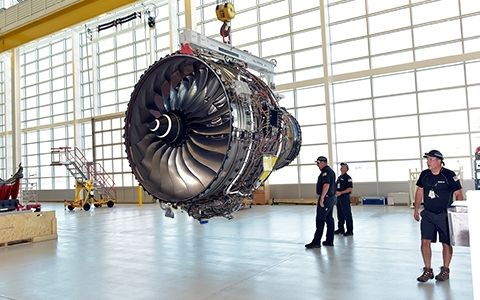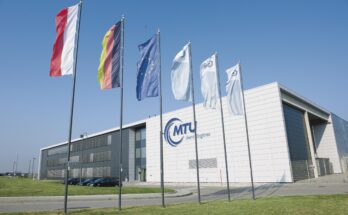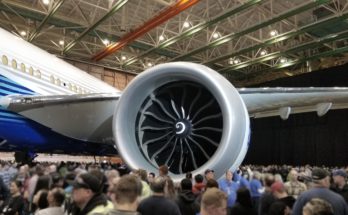
Rolls-Royce is having a good year. The company announced it will reinstate dividends for the first time since the pandemic, a clear sign that CEO Tufan Erginbilgic’s turnaround strategy is gaining traction. He said his transformation plan is moving with “pace and intensity.”
The news sent Rolls-Royce shares soaring to a post-pandemic high. Driving the optimism is a significantly upgraded profit outlook. Rolls-Royce now expects operating profit to reach up to £2.3 billion for 2024, a substantial increase from its previous estimate and well ahead of market expectations. The company’s civil aerospace division, which powers Airbus’s long-haul jets, is leading the charge. Flying hours have surpassed pre-pandemic levels, and engine deliveries are on the rise.
Despite supply chain challenges, which are expected to persist for another 18 to 24 months, Rolls-Royce has managed to boost its operating margin to 14%. The company is also investing heavily in research and development to improve engine durability and efficiency, particularly in hotter climates.
To reward shareholders for the company’s strong performance, Rolls-Royce will distribute 30% of its underlying profit after tax as dividends. This marks a significant milestone in the company’s recovery from the impact of the COVID-19 pandemic, when a crash in international air travel led Airbus and Boeing to slash production of long-range airliners powered by the Rolls-Royce Trent family. At the same time, airlines grounded a huge number of aircraft. That led to much lower demand for ongoing maintenance services that account for a major share of the engine-maker’s revenue.



